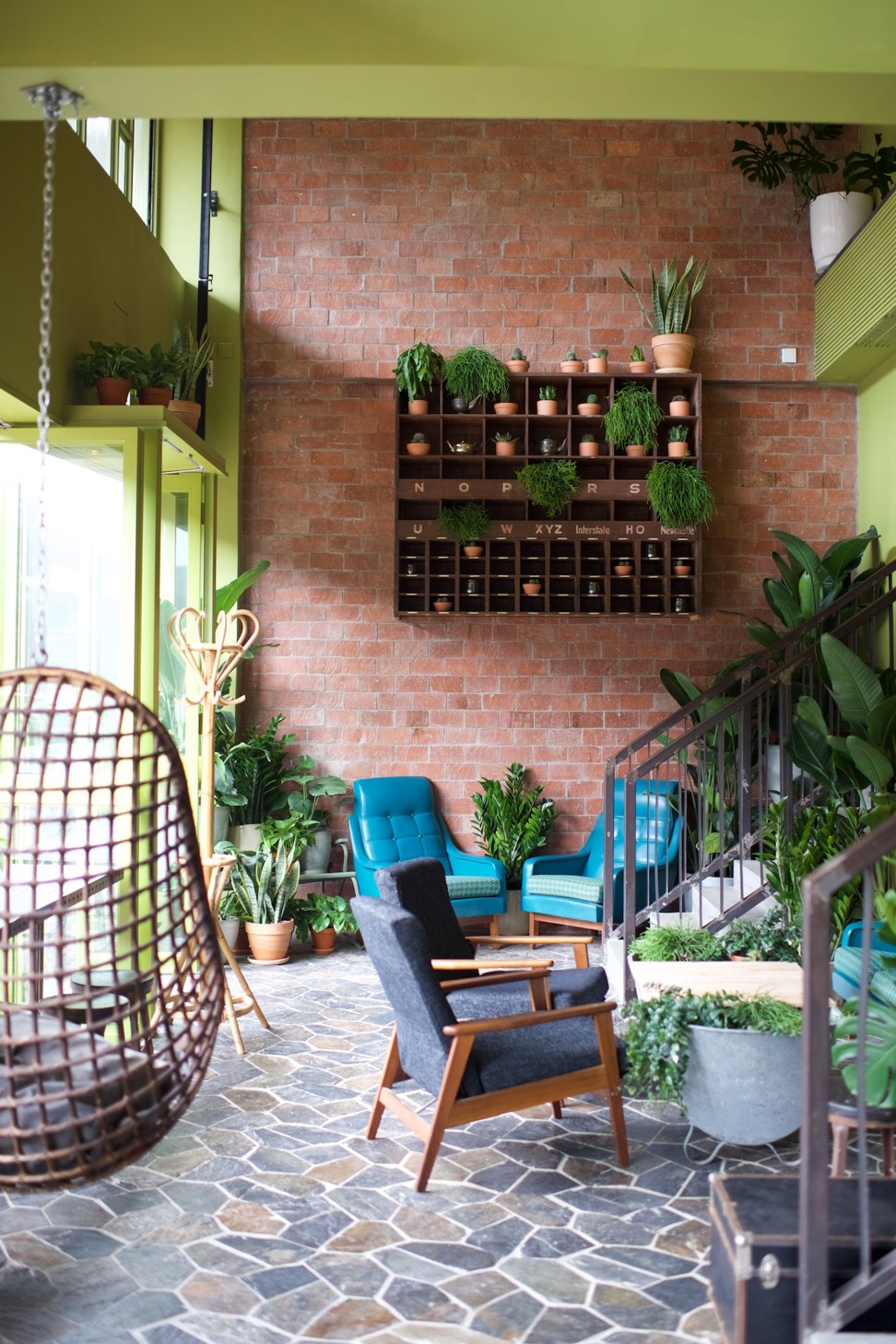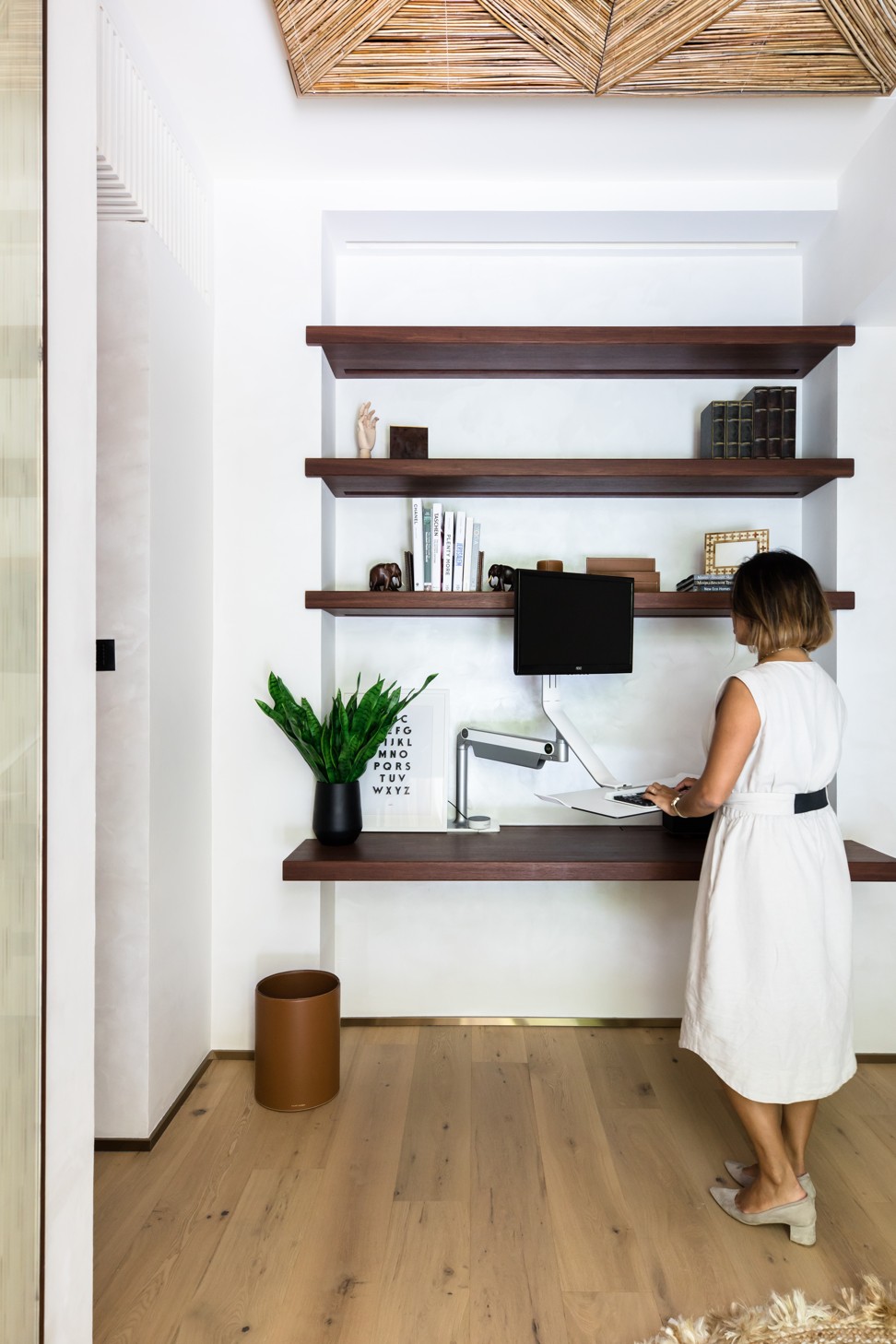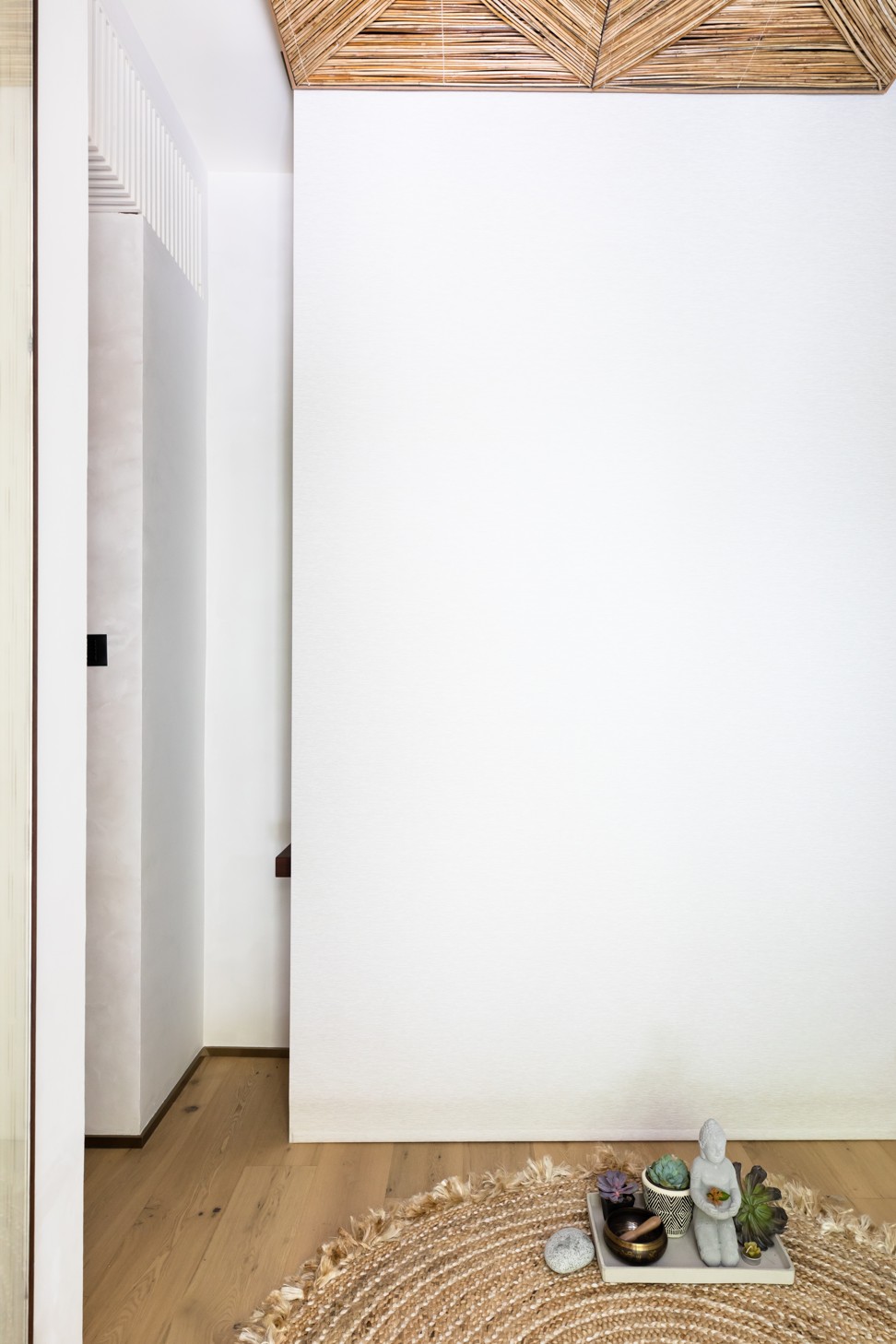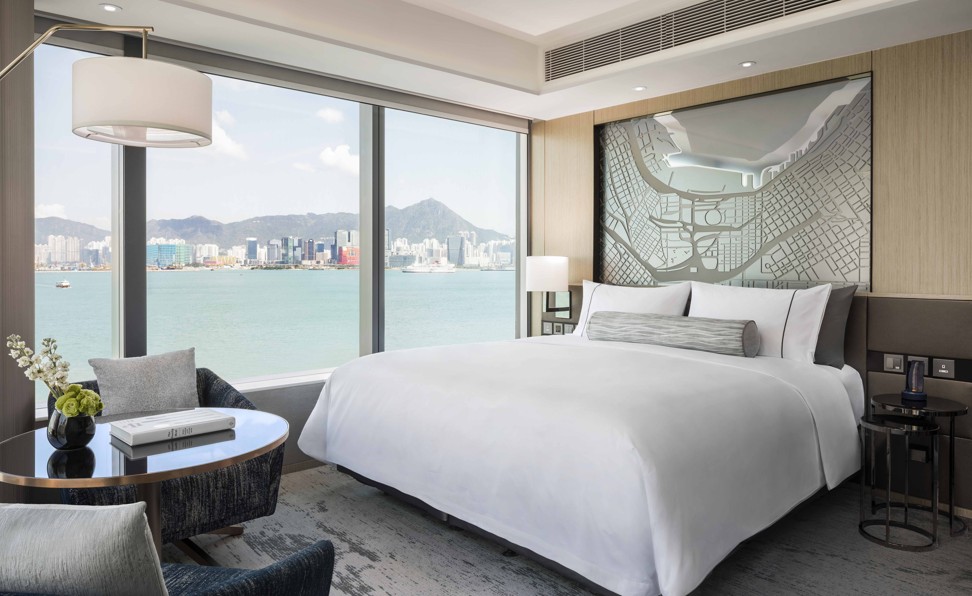
Make it Instagrammable: Hong Kong millennials’ top apartment design priority
Instagram-worthy looks and smart spatial planning are key to designing living spaces for millennials in the city, many of whom define their lives on a Pinterest board
“As long as it’s done well,” says interior designer Ben McCarthy, 36, you do not need a lot of space to call home.
That is good news for millennials who have no real choice when it comes to apartment size, given the financial constraints of living in a city like Hong Kong. Design wise, they can be quite specific. Even though most millennials do not expect ever to own a home, they do want their rental flats to be just so.
Buy your cat a cat tree and she won’t even look at your bed
That is, if they move out of the parental home at all. According to global research conducted by real estate services firm CBRE in 2016, Hong Kong has the world’s highest percentage of millennials – people born between 1981 and 1996 – who are still living with their parents. A full 21 per cent of these had no plans to leave the family home.
McCarthy, founder of Hong Kong design firm Charlie & Rose, based in the Sheung Wan neighbourhood, is just completing work on a project designed to lure them away. The Australian is best known in Hong Kong for his work on hospitality projects (Mr and Mrs Fox, Limewood, Stockton, The Winery), so when developer District 15 asked him to design a set of compact apartments targeting millennials, he took a cue from his restaurant projects.

He noted that patrons could barely find a seat because of the people taking selfies in a quirky corner of Chaiwala Indian restaurant in Central, and at plant-filled The Winery in Sai Ying Pun. McCarthy realised that what millennials want from interior design is spaces that are Instagram-worthy.
At The Nate, a development in Nathan Road, Tsim Sha Tsui, which opens in October, each studio flat has just 107 square feet (10 square metres) of internal space (the flats have private bathroom but share living spaces, a kitchen and laundry area). McCarthy made sure they had the essentials: generous wardrobes; a luxurious shower or claw-foot bath; and plenty of charging points.
The tenants are expected to live their long-term, to be mostly in their twenties and thirties and to be OK with sharing some facilities if it means they can move out of the family home.

McCarthy, who is himself on the cusp of that demographic, says that, to appeal, the building “had to be pretty to look at”. “We added elements that are quite bespoke and fun, bringing individuality into the rooms,” he says.
Rob Wagemans, founder and creative director of Concrete, a Dutch design firm that was involved in Hong Kong developer New World Development’s millennial-focused Skypark residential project in Mong Kok (which opened in April 2017), agrees that smart spatial planning is key.
“No lost capacity, but spacious in experience [is the goal],” he says. “When your apartment space is scarce, focus on the main elements that you need and make them special: a great bed, a great shower and a hybrid space that can function as your living room.”
To Wagemans, a table would be the hero of this space, multitasking for dining, working, playing and relaxing. Smart-home functionality is also important when designing for the digitally savvy generation. “Technology makes life easier,” Wagemans says.
Japanese design meets Scandinavian chic in minimalist Hong Kong home
Customers’ fascination with greenery at The Winery isn’t really surprising. Millennials account for around a third of all indoor plants sold in the United States.
Rowena Gonzales, principal and founder of Liquid Interiors, an interior design studio with bases in Hong Kong and China, sees house plants as part of a wellness trend in living. “Everyone is trying to be healthier,” she says. While that is evident across the board, “millennials take it and make it trendy”.
Gonzales is part of that generation and perceives a “certain aesthetic in style that comes with it”, from the cups they drink from and the food they consume to the design of their homes. Kitchen design is based around healthy eating, Gonzales says.
“Cooking is a lifestyle trend, and even in small apartments, [millennials] want a herb garden, and space for a juicer and blender,” she says.
When your apartment space is scarce, focus on the main elements that you need and make them special: a great bed, a great shower and a hybrid space that can function as your living room
While there has been wide adoption of smart-home functionality, including lighting synced to the body’s natural circadian rhythm (such as the Philips Hue series) and voice-recognition control of appliances via Google Home or Amazon’s Alexa, some clients want their bedroom to be a digital no-go zone.
“Although millennials embrace technology as an extension of themselves, there is also growing awareness of how electromagnetic fields (the physical field produced by electrically charged objects) affect sleep quality. Just as smartphones have functions to make your screen warm in the evening, your home can also have lighting that can mimic a sunset so that your body can wind down and relax,” Gonzales says.
“We are even starting to have requests for Wi-fi- and electromagnetic-free sleeping zones so that the body can properly regenerate during peak sleeping hours.”
An exercise area is a must, so Gonzales routinely incorporates a place to roll out a yoga mat or install a TRX trainer. Increasingly, her millennial clients also seek a meditation space.
Given that many millennials need to bring work home, Gonzales combined these two functions in a just-completed show flat in Mount Pavilia, a New World Development property in Sai Kung. At the press of a button, she explains, a roller blind comes down to conceal the study/work area and transforms it into an exercise space.
Not only must the water they drink be pure, but also the water for bathing. Shower filters that neutralise chlorine – and therefore are believed to have wellness properties – are becoming a thing in bathrooms. “We also have to make sure there are plugs available for their aromatherapy diffuser,” Gonzales says.
Gonzales’ observation that “more and more millennials define themselves on a Pinterest board” is echoed by Chen Yu-chang, founder of interior design studio hoo. “They know from Pinterest what a good home should look like, and are very clear about what they like and do not like,” Chen says.

Apart from clothes and electronic devices, millennials do not accumulate as much stuff as their baby-boomer parents tended to – their money is spent on experiences, rather than possessions. While this matches the group’s inherent desire for a “simple but sophisticated”, uncluttered apartment, their minimalism stops there, he adds.
“Millennials are not looking for white walls [and] a super-clean aesthetic – that doesn’t apply nowadays,” Chen says. Pops of colour, like sunshine yellow or navy blue, are preferred to stamp an interior with their personal style.
How millennials are influencing hospitality design
The lifestyle experiences millennials expect are shaping hospitality design, too.
“Your property has more to offer than a bed. Tell people about it. Sell them the story – an experience, the character, what makes it unique, people who serve. These stories will get you the bookings,” writes ChartsBeds, a hospitality software company, in its 2018 trend report.
Mathew Lui Kam-ming, a partner at Hirsch Bedner Associates (HBA) who led the guest room design of the new Hotel VIC on the Harbour in Hong Kong’s working-class North Point neighbourhood, which opened in July, believes having a luxury hotel brand in the city’s Central business district is no longer enough to capture millennials’ attention.
“They’re more interested in immersing themselves in a local neighbourhood culture,” he says.

Each guest room at the hotel, operated by Sun Hung Kai Properties, has views of Victoria Harbour, and the rooftop Cruise restaurant and bar overlooks the Kai Tak Cruise Terminal on the opposite side of the harbour.
The rooms have beds whose headboards are fashioned as a Google map of the local area and highlight nearby attractions. Graphics inspired by the local culture are used in the packaging of bespoke bathroom amenities.
How a Hong Kong designer turns trash into treasure
To satisfy millennials’ yearning for technology, a feature wall houses the television and a sound bar that can be connected by Bluetooth to the guest’s mobile devices for personalised multimedia entertainment.
“We’ve also put on a lot of USB plugs for charging their gadgets,” Lui says.
That the hotel has “lightning fast” Wi-fi throughout is a given. Guests have the option of self-serve check-in via QR code, so they may come and go without human contact, should they choose to.

